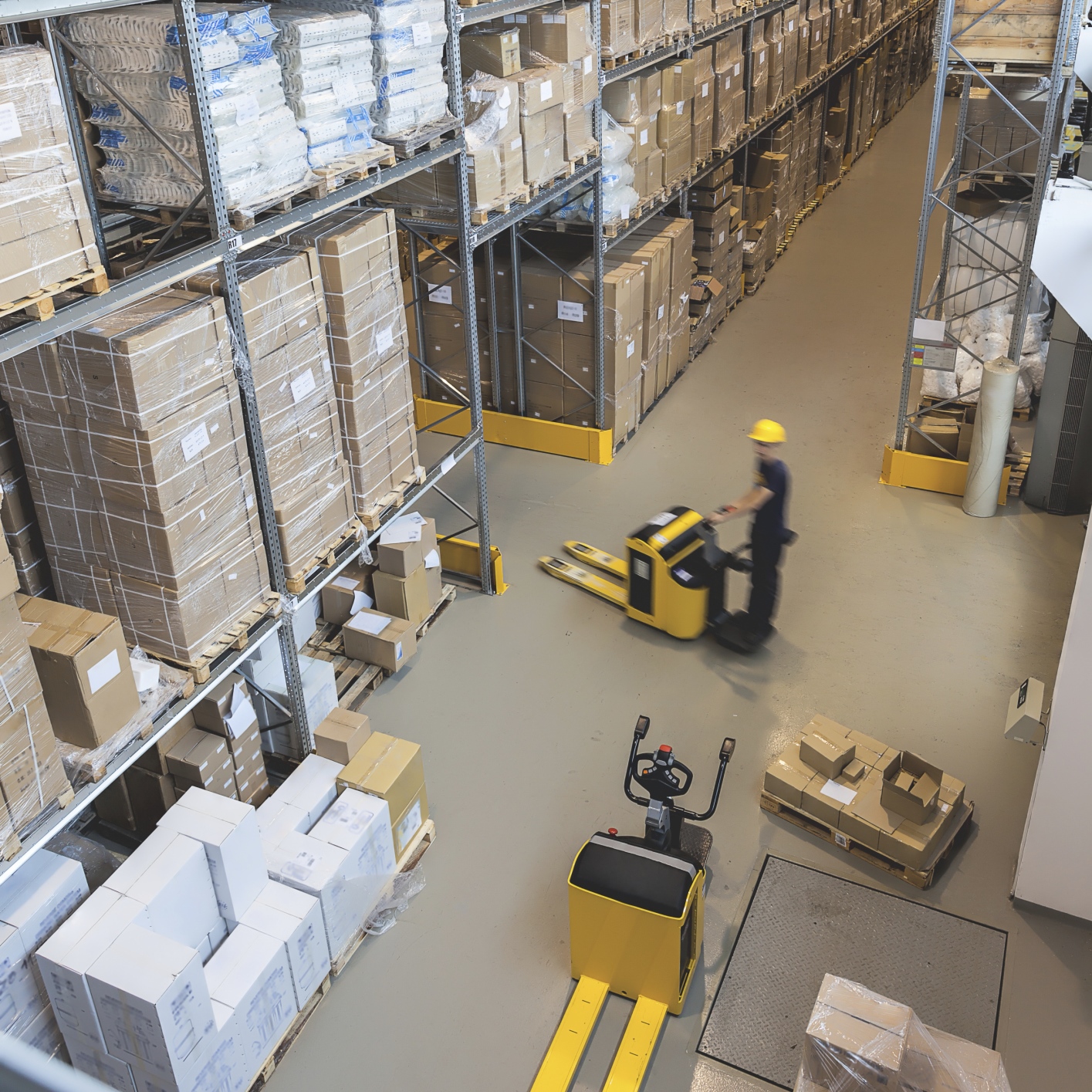
It’s one thing to say that there is no serious inflation. It’s another issue entirely to be talking about the threat of deflation again.
The U.S. Department of Labor released its producer price index (PPI) for the month of July, and this measures the level of inflation that businesses are seeing from suppliers and partners they trade with.
On the monthly report, producer prices were down an unexpected 0.1% in July. This compares with a 0.1% gain in June and was less than the 0.1% gain expected by Bloomberg. In fact, the Econoday range’s worst estimate was just flat at 0.0%.
Even the core PPI reading on the monthly reading managed to turn in a −0.1% reading in July. This reading, which measures producer prices outside of the volatile food and energy prices, was down from a gain of 0.1% in June and was lower than a gain of 0.1% expected by the Bloomberg consensus. Even if you use an even more focused core PPI that removes trade services (on top of food and energy), the PPI was still only flat at a 0.0% reading in July’s month-over-month report.
There is at least some good news for the Federal Reserve and its ambition to tighten rates and reduce the Fed’s $4.4 trillion or so balance sheet. The annualized wholesale inflation reading for July of 2017 versus July of 2016 was up 1.9% on the headline and up 1.8% on the core reading. If you use the more focused core that excludes trade services too, that annualized gain was up 1.9% from July of 2016.
As a reminder, the Fed Chair Yellen and her fellow Fed members really need inflation to be running 2.0% to 2.5% annually to justify significant normalization efforts. It may seem close enough for rounding to have readings at the 1.8% and 1.9% level, but this is a deflationary reading on the monthly side.
All in all, this was the worst wholesale inflation number in 11 months. It’s one thing to be talking about prices not rising enough for the Fed target, but it’s entirely different to be having the deflationary bias again.
Are You Still Paying With a Debit Card?
The average American spends $17,274 on debit cards a year, and it’s a HUGE mistake. First, debit cards don’t have the same fraud protections as credit cards. Once your money is gone, it’s gone. But more importantly you can actually get something back from this spending every time you swipe.
Issuers are handing out wild bonuses right now. With some you can earn up to 5% back on every purchase. That’s like getting a 5% discount on everything you buy!
Our top pick is kind of hard to imagine. Not only does it pay up to 5% back, it also includes a $200 cash back reward in the first six months, a 0% intro APR, and…. $0 annual fee. It’s quite literally free money for any one that uses a card regularly. Click here to learn more!
Flywheel Publishing has partnered with CardRatings to provide coverage of credit card products. Flywheel Publishing and CardRatings may receive a commission from card issuers.
Thank you for reading! Have some feedback for us?
Contact the 24/7 Wall St. editorial team.


